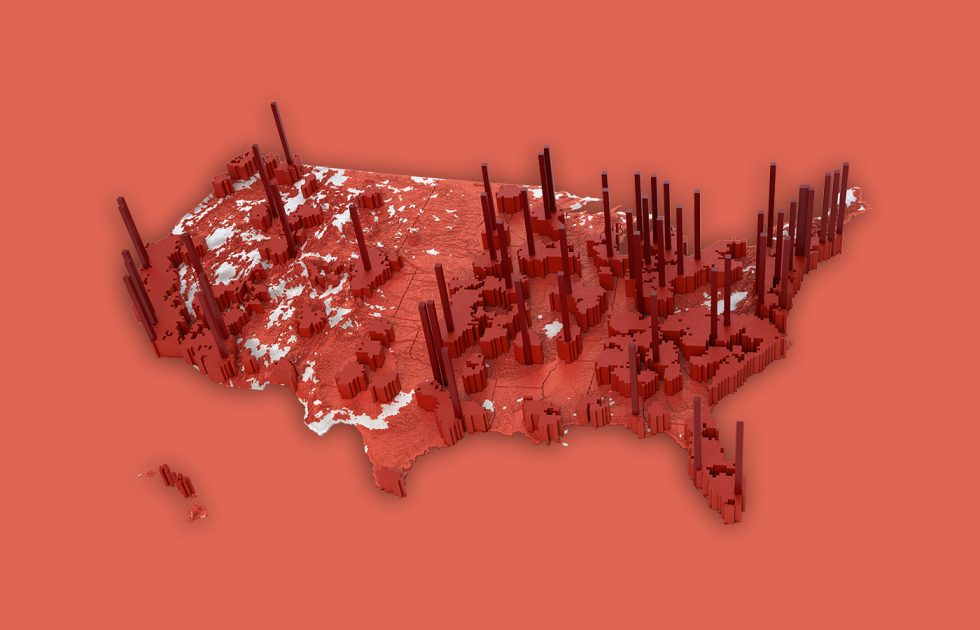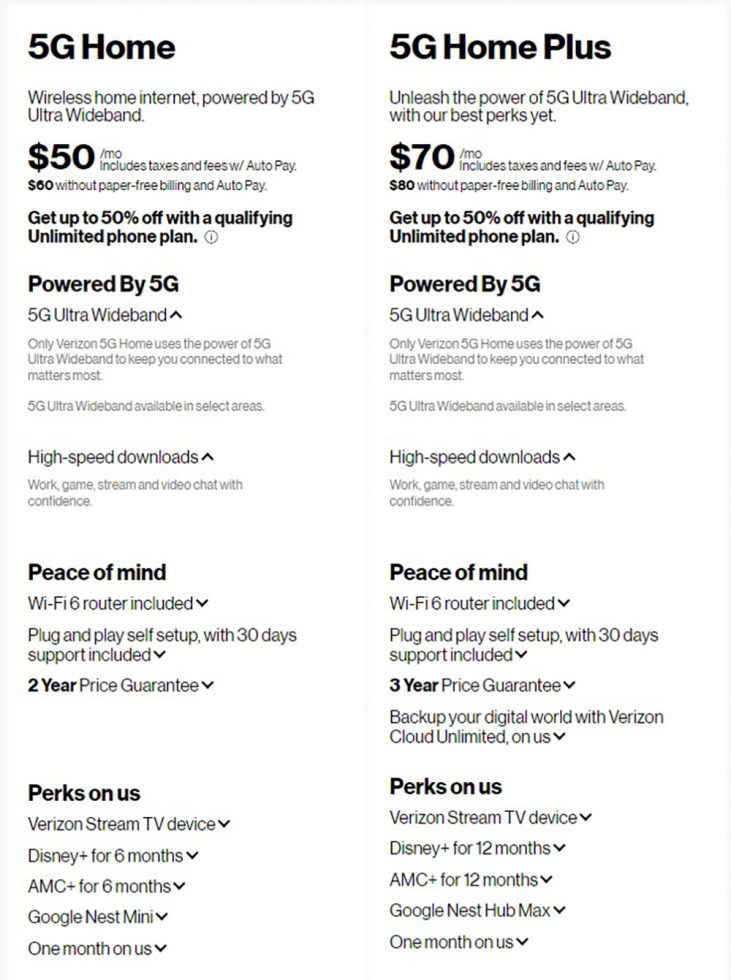Now that everyone has shared their frustrations with the US government and airline industry and made adjustments to rollouts, Verizon and AT&T have gone ahead and fired up their very important C-Band 5G networks. Today’s big activation means better network coverage and speeds in more places, although we’re taking baby steps out of the gate.
AT&T’s C-Band news can be found here, so let’s talk in this post about what Verizon is doing today.
Verizon C-Band Coverage
Verizon is saying that starting today, their C-Band network will cover more than 100 million people in over 1,700 cities. That’s a good chunk of the nation and ahead of AT&T’s 8 cities, but far behind T-Mobile’s over 200 million people. After looking at their coverage map, it doesn’t appear to be updated with the C-Band rollout. You’ll just have to cruise around your city and look for that “5G UW” logo to know if you are on C-Band or not.
C-Band is 5G Ultra Wideband
Speaking of the “5G UW” logo, you’ll see that because Verizon is including C-Band in their 5G Ultra Wideband network label, which is in reference to their best and fastest 5G experience. Previously, 5G Ultra Wideband was for 5G mmW, a network technology that Verizon mistakenly bet on early as a way to write headlines based on speeds, yet few Americans have ever found its signal.
Either way, C-Band is included in 5G UW, so if you see that logo, it doesn’t mean you are on 5G mmW – it could mean C-Band. You’ll probably know because C-Band is fast, but not 1Gbps fast and it also works in buildings, unlike mmW. So if you are in your office building or home and see that logo, it’s probably C-Band.
That’s why C-Band is so important, because it brings both speeds and coverage. Verizon’s “nationwide” 5G network has coverage yet is often slower than their 4G LTE network. Their 5G mmW network is stupidly fast, yet you’ll rarely find it and it struggles to work through a window or without direct line-of-sight to a tower. C-Band, which is mid-band 5G, brings the best of those two together in a way.
How do you get access to 5G Ultra Wideband? You need to be on one of Verizon’s supported plans, like these new 5G unlimited plans. All have 5G UW access except for the base 5G Start plan.
5G Home expands and is 50% off
One of the biggest bits of news from this C-Band activation is related to home internet. Verizon’s 5G Home service now expands to 20 million households and is available at pretty great prices, assuming you have coverage and are on one of their qualifying unlimited wireless plans.
5G Home comes in two flavors: 5G Home or 5G Home Plus. Those would typically cost $50/mo or $70/mo, but if you are on a 5G Play More, 5G Do More, or 5G Get More wireless plan, you’ll save up to 50% off that monthly price. So you could pay as little as $25/mo for Verizon’s 5G Home internet service.
Which plan should you choose? Looking at the comparison sheet above, I don’t really know why you would get the 5G Home Plus over the regular 5G Home plan unless you want an extra year of price guarantee and want extended free subscriptions to streaming services. Otherwise, both plans are almost identical.
And that’s today’s big 5G news from Verizon. You should soon get a 5G network connection that isn’t buns, like the current “nationwide” 5G that Verizon has, plus you may be able to get really cheap 5G Home internet.
// Verizon


Collapse Show Comments45 Comments